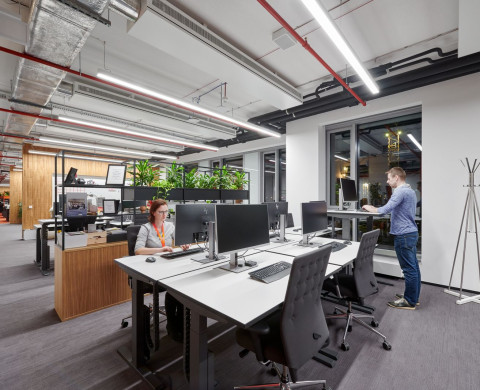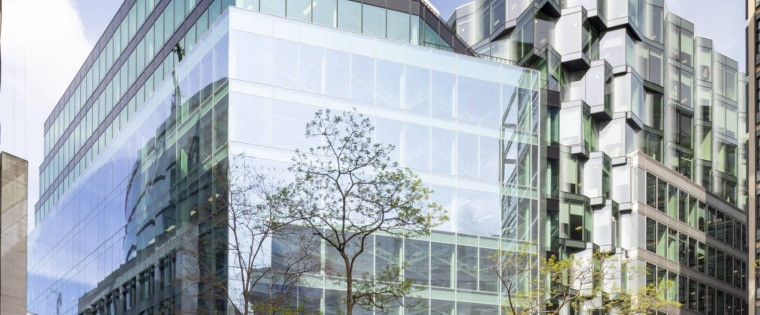‘Micro-agility’: the next step for the agile workspace
Over 150 years ago, Charles Darwin first proposed his theory of evolution. In it, he suggested that throughout history the species that have thrived are the ones most able to adapt. It was not the strongest or the largest that succeeded, he said, but those that could change that survived.
Though controversial in 1860, this theory and its message hold true today. We have seen this in response to COVID-19, where the most successful businesses are the ones adapting to new models. What businesses can learn from Darwin is that they need to be agile to succeed.
But is agility – in the traditional sense – enough?
Agile workspace design: How you can adapt to the pressure?
No two businesses function in the exact same way. Even for companies in the same industry, people, infrastructure, and processes vary widely. More still, individual businesses are fluid and how they operate can change from day to day.
To match the needs of your company as it adapts, you need more than an agile workspace. You need what we call ‘micro agility’.
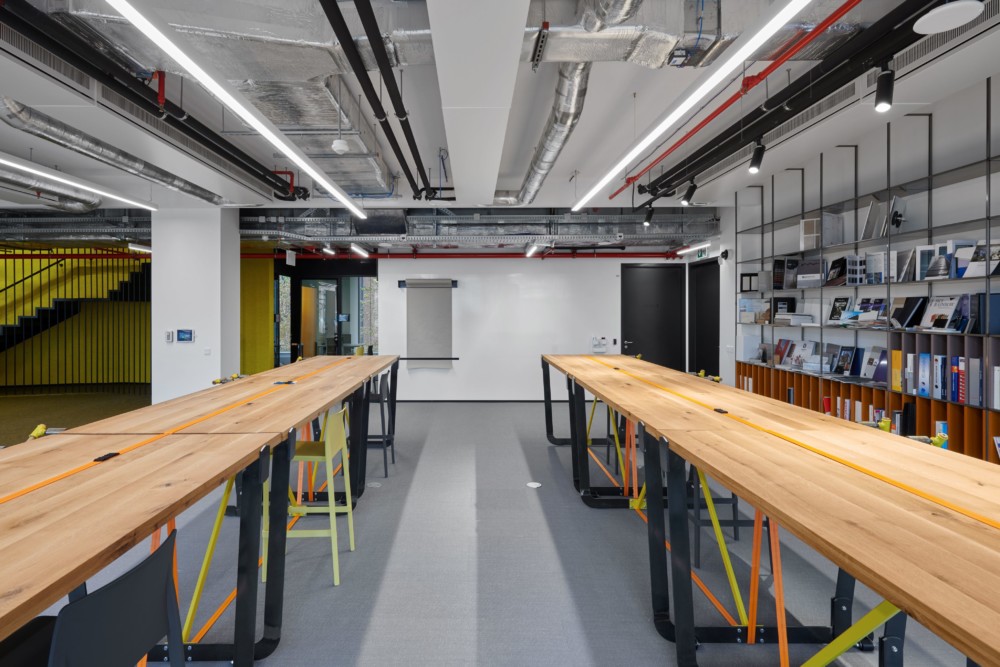
Today’s smart offices have access to a range of technologies to help them adapt and be more agile. Yet most workspaces only use them to understand the big picture, if at all. These smart devices and sensors can monitor and control environmental factors in specific detail. And the more specific you get, the greater the results for your business.
If used correctly, these technologies can allow your workspace to be agile in entirely new ways. Above all, they can improve efficiency and wellbeing at scale.
Smart facility management: Some like it hot (some do not)
We all know that our environment affects our ability to work. When we are in the right environment, we not only feel better but can work more effectively. However, the problem for office managers is that everyone has a different ideal workspace. While some prefer their environment dimmer and warmer, others prefer it bright and cooler.
Micro agility allows you to optimise different parts of the office for the specific needs of employees. Different rooms can be tailored to different needs, to create a range of ideal workspaces. With each employee in an ideal workspace, they are not only more productive but have greater wellbeing.
To get the most from employees, these insights must be deeper than lights ‘on’ and ‘off’. Instead, micro agile workspaces need greater detail to optimise usage. For instance, a 2020 study found that a disrupted circadian rhythm led to a higher number of mood disorders. Micro agility means considering this and looking at how patterns of light usage throughout the day might affect employee health. Using office and employee data, lights can be altered dynamically to reduce negative effects on employee wellbeing and productivity.
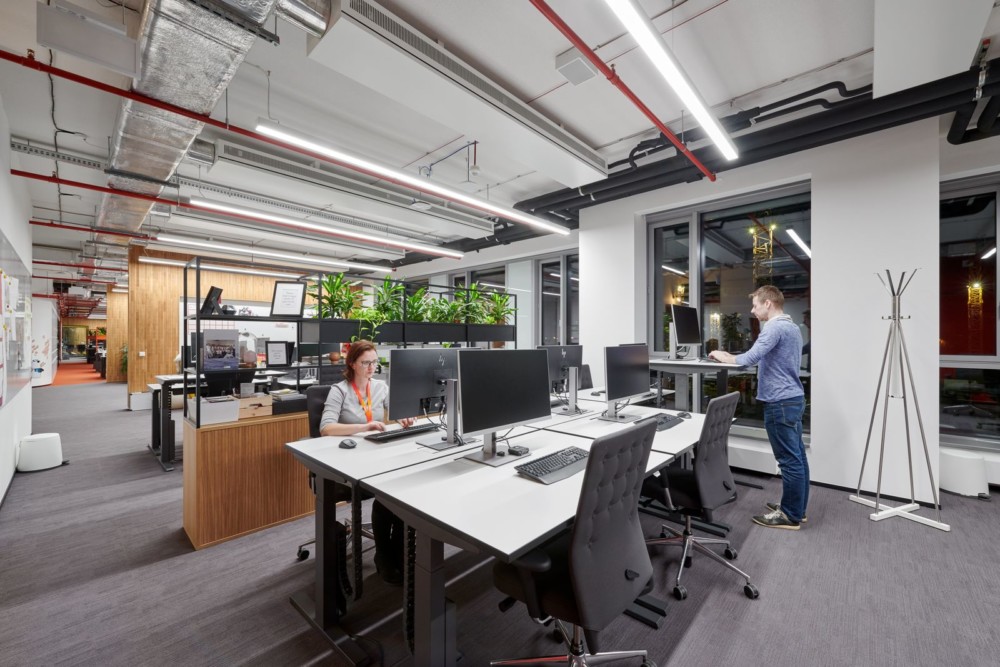
For air quality, micro agility looks at what employees are breathing in. Are there pollutants in the air? What is the CO2 level in each meeting room? These insights can inform how your building’s ventilation systems operate to maximise health and wellbeing at work. A micro agile workspace means looking at all these factors and using data-driven insights to tailor them to your specific requirements. Smart offices can even learn these preferences over time. With smart infrastructure, machine learning can help understand patterns and optimise autonomously.
With smart workplace management, you can also create a bespoke health performance indicator to ensure health and wellbeing are maximised.
Implementing agile workspace ideas
For facility managers, implementing micro agility may seem a daunting prospect. However, with the right platform, they can access these benefits without reinventing the wheel. All they need to do is adopt the right selection of smart technologies and sensory platforms.
More advanced platforms like our Symbiosy and Origameo solutions provide a seamless journey to micro agility. They focus on collecting the right data, interpreting it in an intuitive way that is easy to understand so that insights can be used instantly. They also combine different data streams to not only see trends in the workspace but predict them. In this way, they ensure all your business’ assets are being maximised.
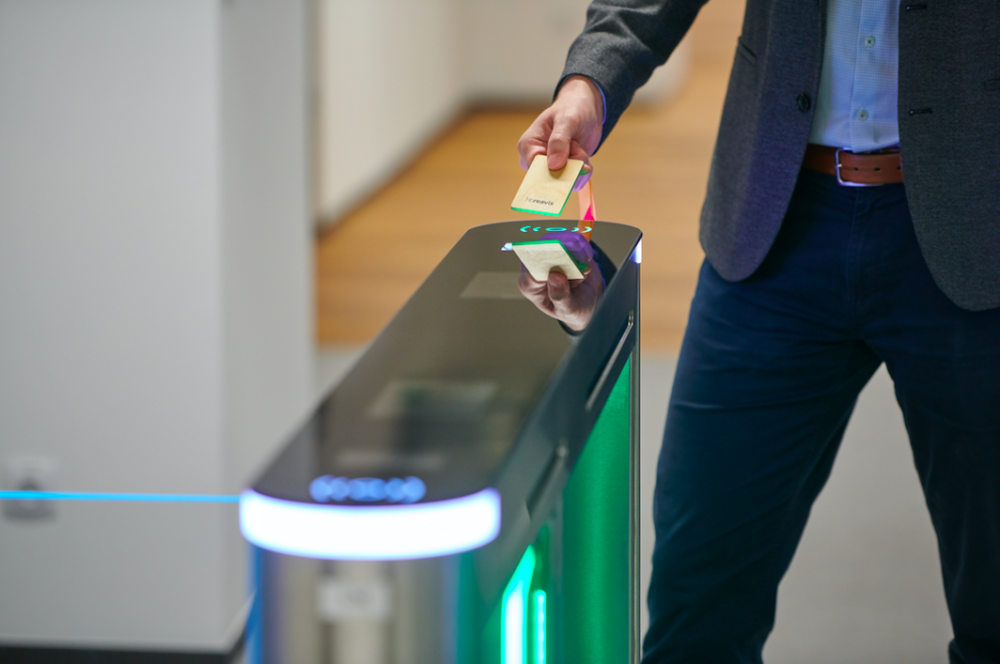
Micro agility at macro scale
Micro agility benefits the wider business just as much as individuals. Using insights into working patterns and behaviours, you can inform future decision-making processes. With better decision making, you can have an agile workspace layout that eliminates crowded hotspots or dead zones to increase efficiencies.
Micro agility also means providing recommendations. Smart offices collect the right data (in accordance with GDPR) and interpret it for strategic use. Are there silos where people can’t communicate? Are certain facilities not being used?
Being micro agile means having the answer to these questions. And, to enhance wellbeing and efficiency in the office, having the data to act upon is essential. As a pioneer in the interaction of indoor environments with health and wellbeing, our solutions are designed with the end user experience from the outset. This makes implementation as easy as possible.
Today’s businesses need more than broad change. They need precise control of the working environment, supported by data-driven insights. To prepare for the future, having the agility to adapt is a must. Though Darwin couldn’t have imagined the technologies of the 21st century, he has a valuable lesson for today’s businesses. Always be ready to adapt.
